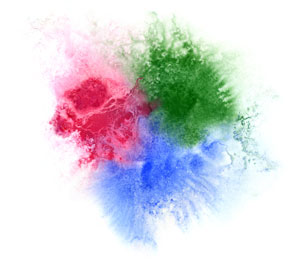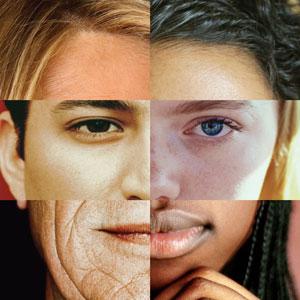
Race Still Matters In Mississippi
February 17, 2011
Guns In A Civilized Society
April 29, 2011By Janice S. Ellis, Ph.D., Kansas City, MO –
Recent studies, including the Human Genome Study, and Race-The Power of Illusion, examine the contemporary science and assumptions around the long held notion that there are different races of human beings. The results of these studies are forcing us to rethink age-old beliefs about those characteristics that supposedly distinguish one race from another.
No characteristics hold such a commanding control over our perceptions about each other, and how we relate to each other, more than the color of one’s skin.
Color, in all of its richness, is welcomed in every aspect of our lives except when it comes to other human beings — of color, that is. When it comes to people, suddenly different colors and shades provoke closed-mindedness rather than openness, fear rather than friendliness, oppression rather than freedom, and the baseness within us rather than the beautiful.
Oh, how we carry on a love-hate relationship with color. Beige, black, brown or white skin, what does it matter?
We marvel at the awesome beauty and bounty of nature’s parade of color — blossoms and flowers in spring and summer, the maple trees and evergreens in fall and winter. And then, of course, we adorn our homes and bodies with colorful furnishings, fashions, and wo Why is it that we appreciate the colors of everything around us, except when it comes to the people we see every day. rks of art — yes, even body art.
Why is it that we appreciate the colors of everything around us, except when it comes to the people we see every day. rks of art — yes, even body art.
Color, in all its vibrant variety, is one of the spices of life. It excites and stimulates the imagination. Painters capture it on canvas and photographers in pictures. It is captured on the printed page in poetry and prose.
But when it comes to truly interacting with people of different hues, our appreciation about color seems to fade.
This schizophrenic relationship with color is age-old. We love color in things. We loathe it in human beings. History is replete with examples of humankind’s most unkind behavior toward others who do not look like us, dress like us, talk like us, worship like us, live like us, and are not the same color as us. Through the ages, many have fought and paid the ultimate sacrifice to resist and change this ugliness, and the injustice, discrimination and persecution perpetuated upon our fellow man because of the difference in skin color.
The possibilities are limitless if we could — if we would — appreciate the richness of different colors in people, just as we appreciate the richness of color in nature and in our own creations.
 Color in people is just as beautiful, if not more so, than any other color in the world.If we could get beyond the difference in skin color, we could see how much we, the human race — one race — hold in common.
Color in people is just as beautiful, if not more so, than any other color in the world.If we could get beyond the difference in skin color, we could see how much we, the human race — one race — hold in common.
We would readily appreciate the very fabric of what constitutes a healthy society for us all. First, and foremost, we would understand that every child, white, black, brown, or yellow, has the same needs: Caring parents, safe neighborhoods, good schools, and an opportunity to dream and become whatever they dream of becoming.
What if it became a natural phenomenon — a matter of unconscious practice — that every human, no matter their color, were given the benefit of the doubt, and treated equally, when he or she applied for a job, submitted an application for college, applied to buy a house or rent an apartment.
If people of different colors were regarded with the same reverence and respect as the colors in nature, there would be no need for affirmative action, equal rights, equal employment protection, fair housing, and other laws. How good it would be if we were not required by law to do the right thing toward each other because it just came naturally.
 Completed in April 2003, the Human Genome Project provided the ability to, for the first time, read nature’s complete genetic blueprint for building a human being.The economic, social, and educational caste systems created around false notions about race because of skin color have done as much to imprison and deprive the perpetrators as the perpetrated.
Completed in April 2003, the Human Genome Project provided the ability to, for the first time, read nature’s complete genetic blueprint for building a human being.The economic, social, and educational caste systems created around false notions about race because of skin color have done as much to imprison and deprive the perpetrators as the perpetrated.
Great strides and gains can be made if we would only try to better understand our conflicting feelings about race that is perpetuated by the color of our skin. Just imagine what could happen if we ceased to allow insignificant differences in skin color to confuse and compromise the quality of life we share as neighbors, colleagues, students, fellow travelers on the world stage.
There really is something to the old axiom, “Beauty is only skin deep.” The simple acknowledgement, of the common color that runs through our veins and binds us all with the gift of life, says it all.

